TPCK
Synonym(s):(S)-1-Chloro-3-tosylamido-4-phenyl-2-butanone;(S)-1-Chloro-4-phenyl-3-tosylamido-2-butanone;Nα-Tosyl-Phe Chloromethyl Ketone;Tosyl-L -phenylalanyl-chloromethane;TPCK
- CAS NO.:402-71-1
- Empirical Formula: C17H18ClNO3S
- Molecular Weight: 351.85
- MDL number: MFCD00000935
- EINECS: 206-954-6
- SAFETY DATA SHEET (SDS)
- Update Date: 2024-12-18 13:37:16
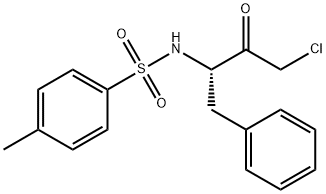
What is TPCK?
Description
TPCK (402-71-1) is an irreversible inhibitor of the serine protease chymotrypsin.1 It also inhibits certain cysteine proteases (bromelain, ficin, papain).1 TPCK inhibited (IC50 = 5 μM) the mitogen-induced activation of pp70s6k, a mitogen-regulated serine/threonine kinase involved in the G1 to S phase transition of the cell cycle.2
Chemical properties
white crystalline powder
The Uses of TPCK
N-α-Tosyl-L-phenylalanylchloromethane is a proteinase inhibitors with apoptotic function. Studies have shown that it induces caspase-dependent apoptosis in Epstein-Barr virus (EBV)-transformed human B cell lines with release of pro-apoptotic proteins from mitochondria. It also results in down-regulation of the anti-apoptotic proteins and caspase-dependent cleavage of two anti-apoptotic proteins. I t promotes dephosphorylation of p53 on serine residues.
The Uses of TPCK
N-α-Tosyl-L-phenylalanylchloromethane is a proteinase inhibitors with apoptotic function. Studies have shown that it induces caspase-dependent apoptosis in Epstein-Barr virus (EBV)-transformed human B cell lines with release of pro-apoptotic proteins from mitochondria. It also results in down-regulation of the anti-apoptotic proteins and caspase-dependent cleavage of two anti-apoptotic proteins. It promotes dephosphorylation of p53 on serine residues.
What are the applications of Application
TPCK is a serine/cysteine protease inhibitor, which acts as an alkylating agent that interferes with translation
Definition
ChEBI: The N-tosyl derivative of L-phenylalanyl chloromethyl ketone.
Biochem/physiol Actions
Blocks the LPS- or cytokine-induced activation of nuclear factor κB (NFκB), which, in turn, blocks the induction of iNOS and COX-2 transcription. Blocks activation of pp70s6k by all mitogens. Blocks apoptosis cell lines by inhibiting the processing of caspases in some cell lines and to some stimuli. Also blocks apoptosis initiated by Taxol (in MCF-7 human breast carcinoma cells).
Safety Profile
Experimental reproductive effects. A flammable liquid. When heated to decomposition it emits toxic fumes of NOx, SOx, and Cl-.
References
1) Bond and Butler, (1987) Intracellular proteases; Annu. Rev. Biochem., 56 333 2) Grammer and Blenis (1996) The serine protease inhibitors, tosylphenylalanine chloromethylketone and tosyllysine chloromethylketone, potently inhibit pp70s6k activation; J. Biol. Chem., 271 23650
Properties of TPCK
| Melting point: | 106-108 °C(lit.) |
| Boiling point: | 509.9±60.0 °C(Predicted) |
| Density | 1.1350 (rough estimate) |
| refractive index | 1.6100 (estimate) |
| storage temp. | -20°C |
| solubility | DMSO: >10 mg/mL stable for several months at 4°C. |
| form | powder |
| pka | 8.71±0.50(Predicted) |
| color | white |
| BRN | 2895215 |
| Stability: | Stable for 1 year from date of purchase as supplied. Solutions in DMSO may be stored at -20° for up to 3 months. |
| CAS DataBase Reference | 402-71-1 |
| EPA Substance Registry System | Benzenesulfonamide, N-[(1S)-3-chloro-2-oxo-1-(phenylmethyl)propyl]-4-methyl- (402-71-1) |
Safety information for TPCK
| Signal word | Danger |
| Pictogram(s) |
 Corrosion Corrosives GHS05  Exclamation Mark Irritant GHS07 |
| GHS Hazard Statements |
H315:Skin corrosion/irritation H318:Serious eye damage/eye irritation H335:Specific target organ toxicity, single exposure;Respiratory tract irritation |
| Precautionary Statement Codes |
P280:Wear protective gloves/protective clothing/eye protection/face protection. P302+P352:IF ON SKIN: wash with plenty of soap and water. |
Computed Descriptors for TPCK
New Products
Tert-butyl bis(2-chloroethyl)carbamate (S)-3-Aminobutanenitrile hydrochloride N-Boc-D-alaninol N-BOC-D/L-ALANINOL N-octanoyl benzotriazole 3,4-Dibenzyloxybenzaldehyde 4-Hydrazinobenzoic acid 1,1’-CARBONYLDIIMIDAZOLE R-2-BENZYLOXY PROPIONIC ACID 3-NITRO-2-METHYL ANILINE 4-IODO BENZOIC ACID 4-HYDROXY BENZYL ALCOHOL 4-(3-chloropropyl)morpholine phenylhydrazine hydrochloride (2-Hydroxyphenyl)acetonitrile 4-Bromopyrazole 5-BROMO-2CYANO PYRIDINE 5,6-Dimethoxyindanone 5-broMo-2-chloro-N-cyclopentylpyriMidin-4-aMine 4-methoxy-3,5-dinitropyridine 2-(Cyanocyclohexyl)acetic acid 2-aminopropyl benzoate hydrochloride 1-(4-(aminomethyl)benzyl)urea hydrochloride tert-butyl 4- (ureidomethyl)benzylcarbamateRelated products of tetrahydrofuran

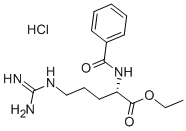

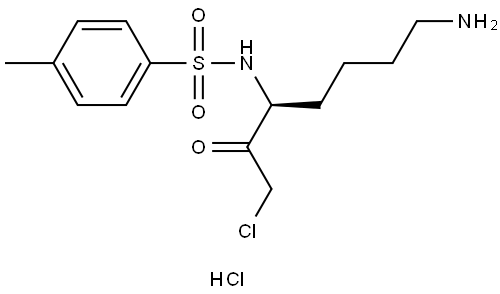
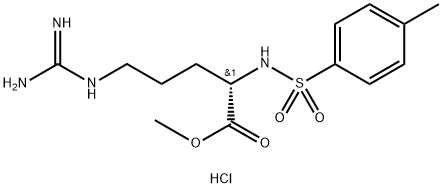
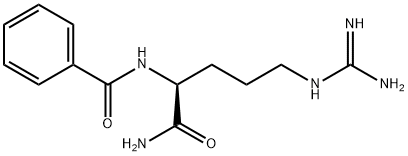
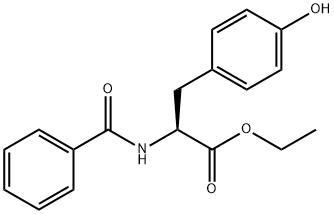
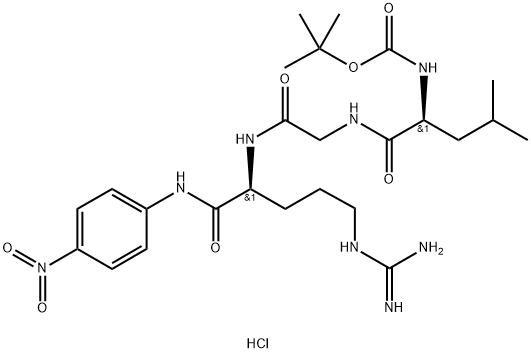
You may like
-
 N-Tosyl-L-phenylalanine chloromethyl ketone 97% CAS 402-71-1View Details
N-Tosyl-L-phenylalanine chloromethyl ketone 97% CAS 402-71-1View Details
402-71-1 -
 Nα-Tosyl-Phe Chloromethyl Ketone CAS 402-71-1View Details
Nα-Tosyl-Phe Chloromethyl Ketone CAS 402-71-1View Details
402-71-1 -
 (9H-fluoren-9-yl)methyl (2,5-dioxopyrrolidin-1-yl) carbonate 82911-69-1 98.0%View Details
(9H-fluoren-9-yl)methyl (2,5-dioxopyrrolidin-1-yl) carbonate 82911-69-1 98.0%View Details
82911-69-1 -
 13057-17-5 95.0%View Details
13057-17-5 95.0%View Details
13057-17-5 -
 4-bromoaniline 106-40-1 99.0%View Details
4-bromoaniline 106-40-1 99.0%View Details
106-40-1 -
 1421517-99-8 99.0%View Details
1421517-99-8 99.0%View Details
1421517-99-8 -
 5-bromo-2-chlorobenzoic acid 99.0%View Details
5-bromo-2-chlorobenzoic acid 99.0%View Details
21739-92-4 -
 15761-38-3 97.0%View Details
15761-38-3 97.0%View Details
15761-38-3